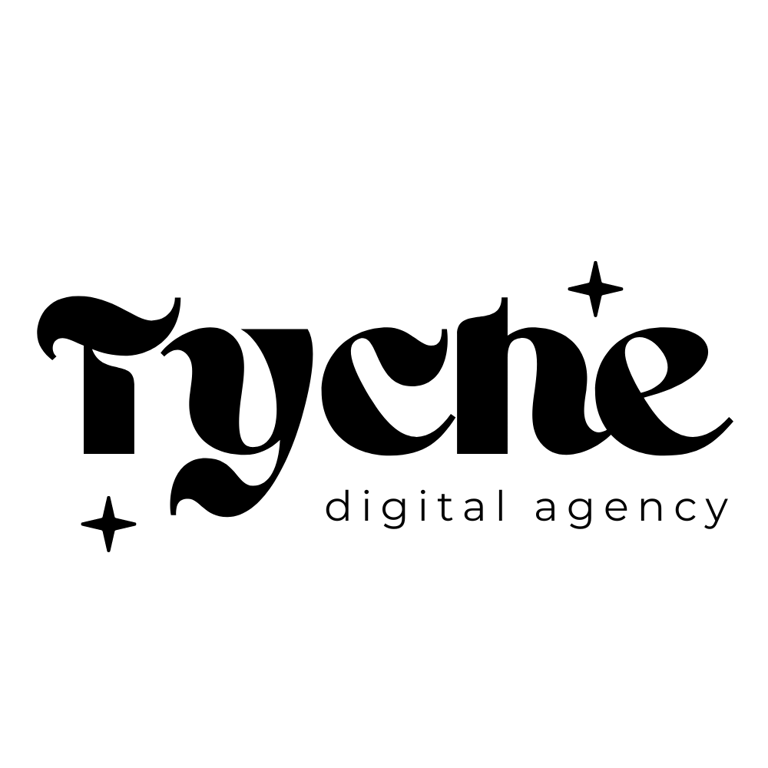Trusting Your Intuition: A Guide to Intuitive Decision-Making
That gut feeling when something just clicks. The sudden clarity that comes not from endless analysis, but from a deeper knowing. As neurodivergent entrepreneurs, our intuition often speaks louder than traditional logic – but how do we trust it in business?
Veronica Dietz
12/13/20242 min read


Trusting Your Intuition: A Guide to Intuitive Decision-Making
That gut feeling when something just clicks. The sudden clarity that comes not from endless analysis, but from a deeper knowing. As neurodivergent entrepreneurs, our intuition often speaks louder than traditional logic – but how do we trust it in business?
Understanding Intuitive Intelligence
Intuition isn't mystical – it's your brain processing patterns faster than your conscious mind can track. For neurodivergent minds, this pattern recognition often operates at extraordinary speeds, creating what others might call "leaps" in understanding.
Signs of Intuitive Knowing
Physical sensations that precede logical understanding
Sudden clarity about complex situations
Pattern recognition that outpaces analysis
Consistent "hits" when following gut instincts
The Science Behind Your Intuitive Hits
Your intuition draws from:
Accumulated experience
Subconscious pattern recognition
Emotional intelligence
Sensory processing sensitivity
Building Your Intuitive Framework
Step 1: Pattern Documentation
Create an "Intuition Log":
Record initial feelings about decisions
Track outcomes
Note physical sensations
Document pattern confirmations
Step 2: Calibration Process
Start with low-stakes decisions
Document immediate impressions
Follow up on outcomes
Build confidence through validation
Step 3: Integration with Business Systems
Create checkpoints for intuitive input in:
Client selection
Project planning
Strategic decisions
Team dynamics
Practical Applications in Business
Client Relationships
When to trust your gut:
Initial client consultations
Project scope discussions
Partnership opportunities
Expansion decisions
Strategic Planning
Integrating intuition into:
Market positioning
Service development
Growth timing
Resource allocation
Common Challenges and Solutions
Fear of Being "Unprofessional"
Frame intuition as pattern recognition
Back feelings with observed data
Present insights confidently
Trust your unique perspective
Distinguishing Fear from Intuition
Learn to recognize:
Body-based knowing vs. anxiety
Pattern recognition vs. past trauma
Clear insight vs. overthinking
True alignment vs. people pleasing
Tools for Intuitive Development
Decision-Making Framework
Quick Intuition Check:
1. First impression (note immediately)
2. Body sensation scan
3. Pattern recognition moment
4. Logical consideration
5. Intuitive alignment check
Alignment Assessment
Questions to ask:
Does this feel expansive or constrictive?
What physical sensations arise?
What patterns am I noticing?
How does this align with past successes?
Integration Practices
Daily Rituals
Morning intuition check-ins
End-of-day pattern recognition
Decision journey documentation
Quiet time for processing
Business Implementation
Build intuition checks into systems
Create space for "gut feeling" moments
Document intuitive hits and misses
Adjust based on pattern recognition
When to Amplify Intuition
Strong intuitive signals often appear during:
Client selection processes
Strategic planning sessions
Team building moments
Innovation phases
When to Seek Additional Input
Balance intuition with analysis when:
Making major financial decisions
Entering new markets
Forming partnerships
Scaling operations
Moving Forward: Your Intuitive Business Practice
Start Small
Track daily intuitive hits
Document outcomes
Build confidence through validation
Expand to bigger decisions
Create Support Systems
Find intuition-friendly mentors
Build understanding partnerships
Develop documentation methods
Establish validation processes
Remember: Your intuitive capacity isn't just a nice-to-have – it's a crucial business asset. When properly developed and trusted, it becomes one of your most powerful decision-making tools.
Ready to develop your intuitive business strategies? Book a Pattern Recognition Session with me. Let's explore how your natural intuitive abilities can become your strongest business advantage.
About the Author: Veronica Dietz helps neurodivergent entrepreneurs harness their natural intuitive abilities through Tyche Digital Agency. For more insights on intuitive business building, follow her on Instagram or Threads @TheTycheTouch or join her newsletter for weekly pattern recognition insights.






